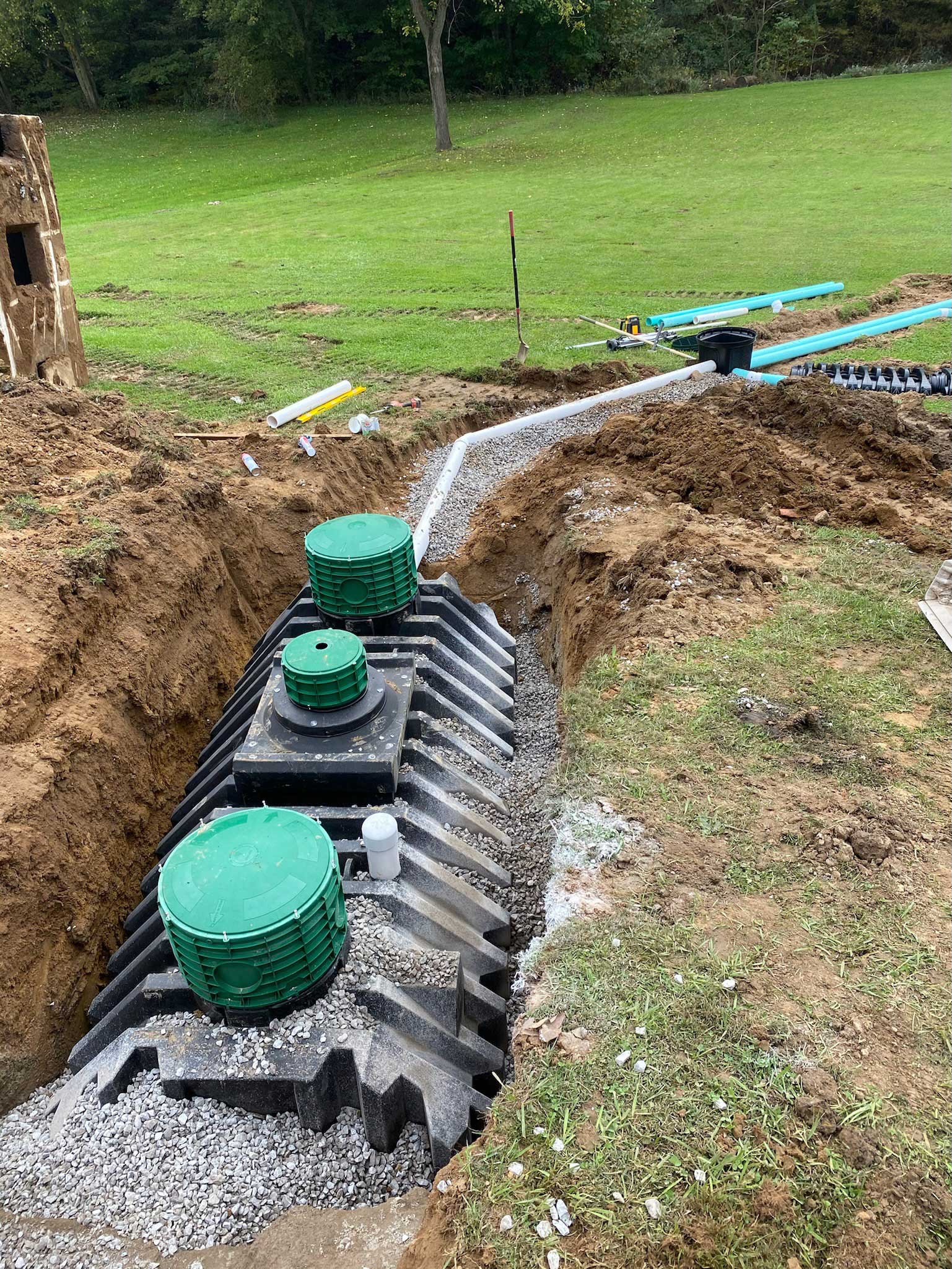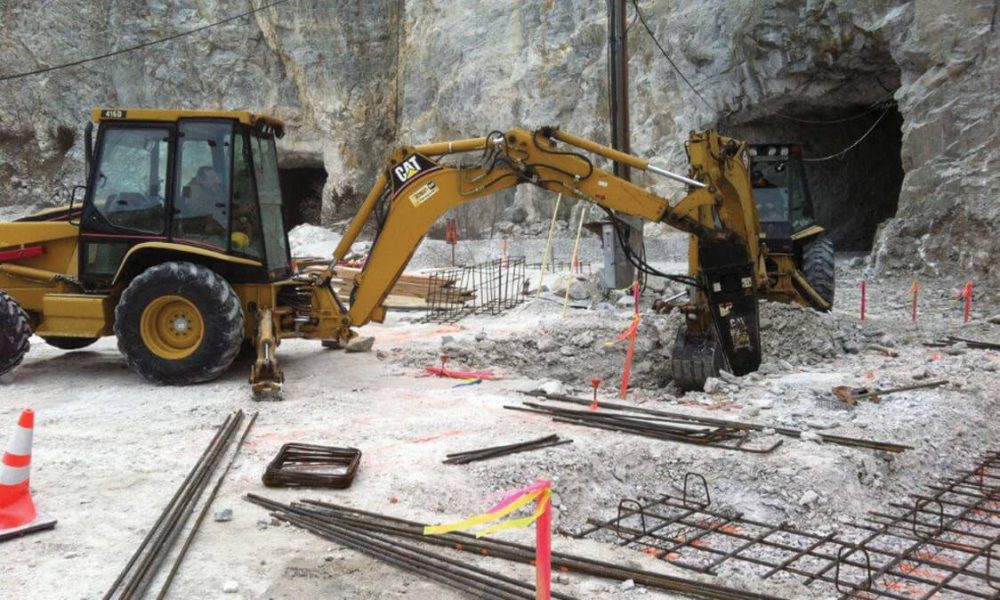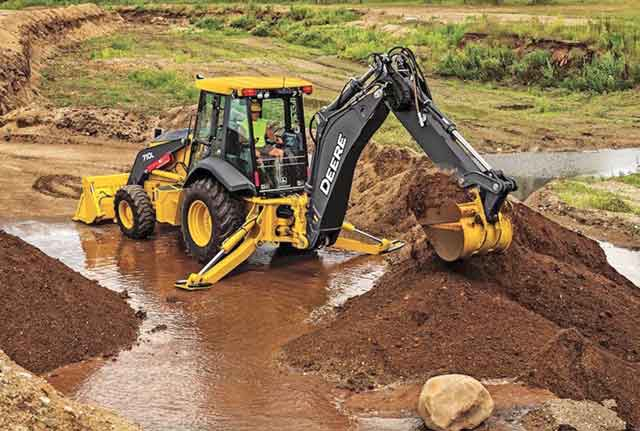Economical Lancaster Excavation - High Quality Excavation at Competitive Rates
Economical Lancaster Excavation - High Quality Excavation at Competitive Rates
Blog Article
Extensive Expedition: The Scientific Research Behind Superior Excavation Practices
From old hand devices to contemporary hydraulic excavators, the evolution of excavation techniques has actually been a testament to human ingenuity and technical innovations. What genuinely sets exceptional excavation techniques apart is a deep understanding of geological concepts, combined with the utilization of sophisticated devices and approaches.
Evolution of Excavation Strategies
Throughout history, the evolution of excavation strategies has played an essential duty beforehand construction techniques and archaeological explorations. From the fundamental tools made use of by our ancestors to the innovative machinery used in contemporary times, the development of excavation techniques has actually substantially transformed exactly how we approach different projects.
In ancient times, manual work with fundamental devices such as pickaxes, wheelbarrows, and shovels was the primary technique of excavation. This labor-intensive procedure limited the deepness and scope of excavations, commonly resulting in sluggish progression and restricted accessibility to certain sites. As human beings advanced, so did the tools and methods used for excavation.
The Industrial Change noted a transforming point in excavation practices with the introduction of steam-powered equipment. In modern times, innovation plays a crucial function in excavation, with innovations like General practitioner systems, drones, and 3D scanning improving precision and efficiency in the field.
Role of Technology in Excavation

The combination of advanced technology has actually basically reinvented the field of excavation, boosting accuracy and efficiency to unprecedented degrees. One of the key technical improvements that has dramatically affected excavation practices is the utilization of general practitioner systems. These systems permit precise mapping of excavation websites, allowing drivers to precisely locate below ground utilities and frameworks. Furthermore, using telematics in excavation devices has made it possible for real-time monitoring of equipment performance, bring about positive upkeep and enhanced functional efficiency.
In addition, the introduction of 3D modeling and simulation software program has structured the planning process for excavation tasks. Designers and drivers can now picture the whole excavation process before damaging ground, maximizing and identifying potential difficulties operations. Together with this, the implementation of drones in excavation activities has assisted in aerial studies, volumetric dimensions, and website evaluations with unequaled rate and precision.
Geological Principles in Excavation
An understanding of geological principles is necessary for making sure the structural integrity and stability of excavation sites. Geological factors play a vital duty in establishing the usefulness and safety and security of excavation projects (lancaster trenching). One crucial geological principle to think about is the kind of soil or this link rock present at the site. Various dirt kinds, such as sand, gravel, or clay, have differing levels of stability and call for various excavation techniques. For example, cohesive dirts like clay might need extra support to avoid collapses, while sandy soils might be vulnerable to erosion during excavation.
Moreover, the geological structure of the location, including mistakes, fractures, and rock formations, have to be thoroughly assessed to recognize potential threats and difficulties. Digging deep into near mistake lines or unstable rock developments can result in instability and possible risks. By performing complete geological surveys and evaluation, excavators and designers can develop methods to mitigate dangers and ensure the effective conclusion of excavation projects. Inevitably, incorporating geological principles into excavation techniques is essential for attaining safe, effective, and lasting results.

Latest Tools for Excavation
In the realm of excavation practices, modern technologies in devices have actually changed the performance and accuracy of excavation processes. One of the most recent tools making waves in the industry is using drones outfitted with innovative imaging innovation. These drones can supply comprehensive aerial you can try here surveys of excavation websites, using real-time data on topography and potential hazards. This details help in much better planning and decision-making throughout the excavation procedure.
Another cutting-edge device getting popularity is the application of 3D printing technology for producing customized excavation devices. This allows for the manufacturing of specialized tools that are tailored to the certain demands of a task, raising efficiency and decreasing downtime.
Furthermore, innovations in products science have actually caused the development of stronger and extra long lasting excavation tools. excavating ohio. Tungsten carbide-tipped excavator attachments, for instance, offer superior performance in tough ground conditions, boosting performance on-site
Scientific research's Effect on Excavation Practices

In addition, scientific research study on dirt mechanics and geotechnical engineering has given valuable insights right into dirt actions, allowing excavation experts to make educated choices pertaining to excavation methods and soil stablizing strategies. On the whole, science continues to drive development and enhancement in excavation techniques, making excavation tasks extra efficient, cost-effective, and sustainable.

Final Thought
To conclude, the evolution of excavation strategies has actually been considerably influenced by advancements in modern technology and a much deeper understanding of geological principles. The current devices and devices used in excavation have from this source actually boosted effectiveness and precision in the area. The application of scientific expertise has actually considerably enhanced excavation techniques, resulting in more reliable and sustainable methods for digging deep into various sorts of materials.
In the world of excavation techniques, modern developments in tools have actually reinvented the performance and precision of excavation procedures. By leveraging scientific concepts, the excavation sector has been able to significantly improve performance, accuracy, and safety in excavation procedures. GPR permits excavation teams to non-invasively check and map subsurface structures, utilities, and possible hazards, enabling them to intend excavation jobs with greater accuracy and lowered danger of accidents.
In addition, clinical research on dirt auto mechanics and geotechnical design has actually offered important understandings into dirt habits, allowing excavation specialists to make educated choices relating to excavation methods and dirt stabilization strategies. In general, scientific research continues to drive innovation and enhancement in excavation practices, making excavation tasks much more reliable, affordable, and lasting.
Report this page